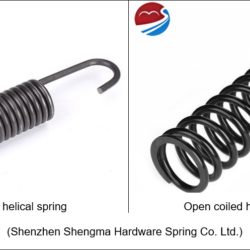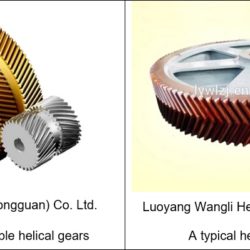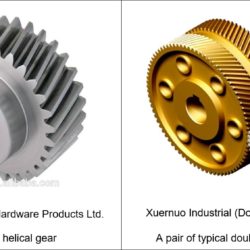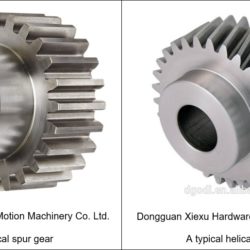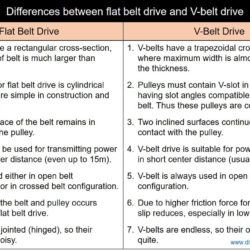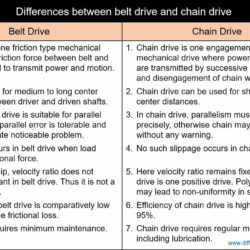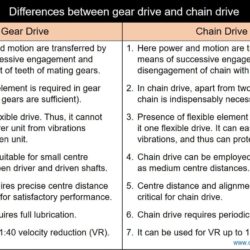Difference Between Closed Coil and Open Coil Helical Spring
Spring is one elastic machine element that can absorb energy by undergoing significant amount of elastic deformation under the action of external loading and can subsequently release that energy when external load is removed. Springs are basically of two types—helical spring and leaf spring. Helical springs are made by bending wires of constant diameter in the form of a helix. Such springs are commonly used for storing and releasing energy
